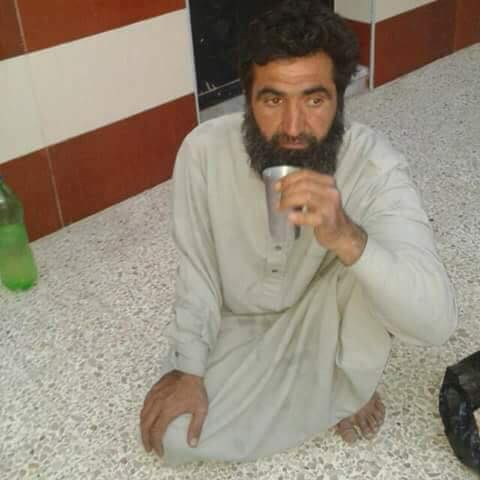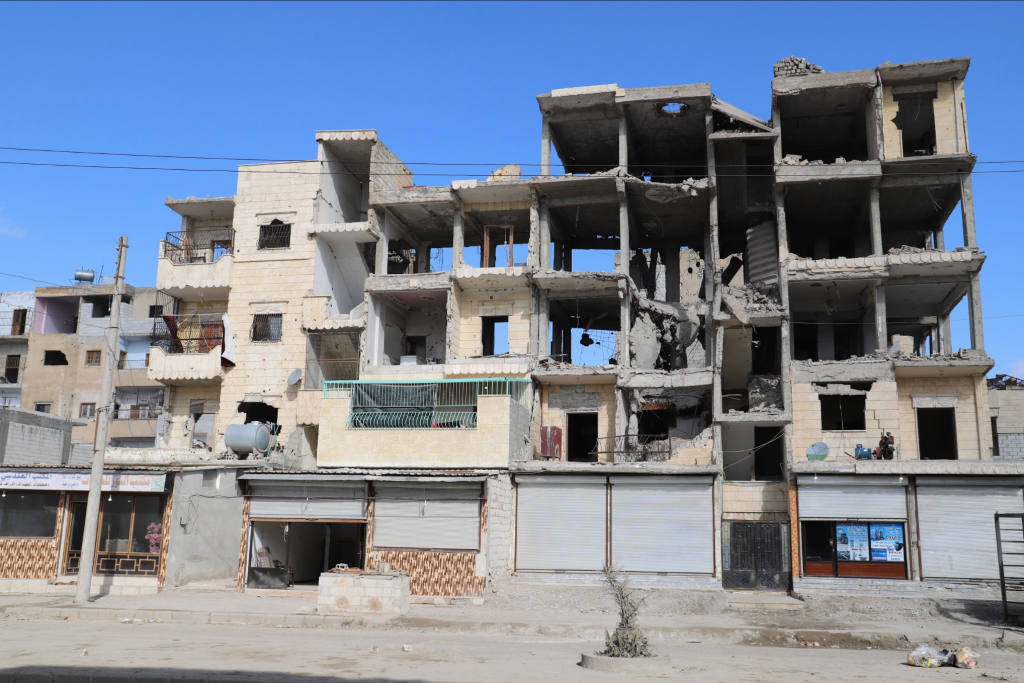Incident Code
Incident Date
Location
Geolocation
Geolocation
Airwars Assessment
(Previous Incident Code: S866)
Initially this incident was reported on by several sources as an alleged airstrike or artillery shelling in the Dar’iya neighbourhood in the city of Raqqa, in which 1 or 2 cilivilians died. During investigations of this event for the April 2019 joint Airwars and Amnesty report War in Raqqa: Rethoric versus Reality (www.raqqa.amnesty.org), Amnesty field researchers were able to identify 4 separate locations where civilians were killed in artillery shelling on the morning of the 10th of June, described in CS956a, CS956b, CS956c and CS995. They all took place in Safa Street, in the neighbourhood Dar’iya and the name originally reported by Raqqa is Being Slaughtered Silently and the Syrian Network for Human Rights (Rahmoun Al Sheikh, male, adult) was linked to one of these locations. The Amnesty investigation, however, reports the death and names of 3 civilians, rather than 2.
A prior August report by Amnesty International featured an interview with Ahmad Mahmoud who was himself injured in the shelling along with a boy and girl who were in the same room. He stated that at least 12 people were killed by the shelling between 1 and 2pm: “I can only speak about the 12 people I know who were killed in five houses near where I was. I don’t know if the other shells killed more people.” Most sources pointed to the Coalition as responsible, but according to Jisirtv, “a young man was also killed by artillery shelling of the Kurdish separatist militia around Al-Safa mosque in Dar’iya neighbourhood.” Baladi put the death toll at two and blamed also SDF shelling. However, only the Coalition has confirmed to Airwars that it was the only one using artillery on the city during the battle.
The joint Amnesty/Airwars report War in Raqqa: Rethoric versus Reality notes: An artillery shell struck the house of the Abderrahman Sheikh Ahmad in Safa street, killing him and another man who lived in the house and his one-year-old son. Their neighbour, Ali, spoke to Amnesty researchers: “I helped recover their bodies; they were in shreds. There were body parts on the tree in the yard.”
In February 2019, the Coalition assessed this event to be non-credible. Their report noted: “After review of all available strike records it was determined that more likely than not civilian casualties did not occur as a result of a Coalition strike.”
Victims
Individuals


